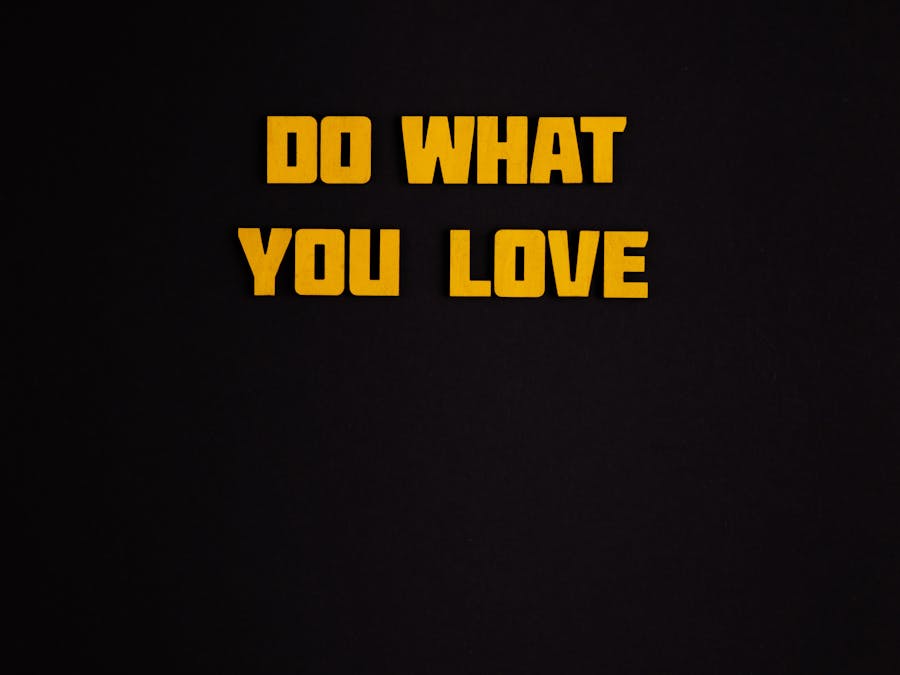 Piano Guidance
Piano Guidance
 Piano Guidance
Piano Guidance

 Photo: Ketut Subiyanto
Photo: Ketut Subiyanto
Despite the potential challenges, there are clear benefits to learning multiple instruments at the same time. Embracing this challenge helps students develop a greater understanding of music theory, and how different instruments work together to create a comprehensive piece of music.

The combination of cheaper manufacturing costs with high-quality materials has made Yamaha one of the most competitive piano manufacturers in the...
Read More »
SO – What's my piano worth? Piano Type Age Approximate Value Range Steinway & Sons 40+ years $1,000- $15,000 “shell value” Steinway & Sons 5-10...
Read More »Raising a music enthusiast interested in adding a new instrument to their repertoire? For some students, adding a second instrument can be a rewarding and beneficial experience, as long as everyone is on the same page for what a multiple-instrument lessons entail. But just as a student can successfully study both Math and English at the same time during the school year, it is possible for dedicated musicians to learn two different instruments at the same time. 1. Start lessons for a new instrument only after your student accomplishes a basic proficiency in the first. For example, piano students will be more adept at picking up the violin after they’ve already learned how to read music, gained a solid understanding of basic music terminology, and established a learning routine for practicing each day. 2. Make time for a break between practice sessions for each instrument. It’s important to let the mind rest between sessions, especially when it comes to preventing burnout. Remember, learning two instruments simultaneously doesn’t mean practicing both for less time—that’s just a quick way to prevent making any significant progress, and your student will feel more inclined to give up entirely. Instead, make a plan to practice one instrument in the morning, and the second in the afternoon, or one right after school and another a few hours later after dinner. Experiment with rotating which instrument gets practiced first, and find a routine that works for everyone. 3. Don’t bounce between different instruments in an attempt to keep your student interesting in learning music. Avoid the temptation to engage in this conversation with your student: “You’re bored of piano lessons? Oh, why not try cello for a few months? Not a good fit? Let’s see if piano feels better this time. No? Okay, maybe violin will stick.” While it’s important to encourage a love of music and a sense of curiosity about the learning process, bouncing between various instruments won’t help your student grow their abilities or help maintain their interest. Instead, they’ll just find themselves starting over and over each time they start up again, increasing their sense of frustration each time. Make sure you and your student are clear on what it means to learn two instruments at the same time—it really does mean learning both, every day! Despite the potential challenges, there are clear benefits to learning multiple instruments at the same time. Embracing this challenge helps students develop a greater understanding of music theory, and how different instruments work together to create a comprehensive piece of music. For students playing in an orchestra or band, learning more than one instrument is especially beneficial, and can help improve their individual skills as well as benefitting the group as a whole. Our studio is well-equipped to help students of all ability levels add a new instrument to their repertoire, and can help you build a team of teachers capable of working together to make learning a second instrument both feasible and fun. And in several cases, our teachers are highly qualified in teaching several instruments, which means your student will be able to continue building a relationship with the same trusted instructor for both sets of lessons. From piano, voice, cello, violin, and ukulele, we’re making more than musicians, we’re making the band!

The most valuable painting in history must surely be the Mona Lisa by Leonardo da Vinci. Although it is considered priceless, we can determine some...
Read More »
Beethoven first noticed difficulties with his hearing decades earlier, sometime in 1798, when he was about 28. By the time he was 44 or 45, he was...
Read More »Re: How long to play fur elise full version at a satisfactory level. It's a grade 5 piece and students usually take 1-2 years to get there. Although you can most certainly play grade 5 pieces before you get there, it'll just be much more work than necessary.

You'll need music, an etude or method book, and a metronome to help you get started. These supplies require minimal investment on your part, but...
Read More »
One of the reasons the F chord is difficult to play is because it's positioned on the 1st fret of your guitar. A good rule of thumb to remember is...
Read More »
It's never too late to start learning piano. Whether you're a returning player or brand new to piano, here's what you need to know about learning...
Read More »
Because your instrument is really made up of repeating sets of 12 notes, as long as you have a few sets you will be fine. Obviously, in many cases...
Read More »